Mysterious Origins: Ancestral Glyphs and Hieroglyphics
In the quiet chambers of our collective memory, symbols and their meanings pass from generation to generation, providing context and continuity to the universal truths and values we hold as human beings. From the Paleolithic caves to the bustling streets of today, the history and evolution of these enduring symbols can provide insight into our personal and cultural heritage and offer a roadmap to increased awareness. Follow along as we journey through the enigmatic realm of symbols and their meanings.
Ancestral Glyphs: The Lascaux Cave

In the heart of France’s Dordogne region lies the Lascaux Cave, a sanctuary of ancient art. Here, our distant ancestors painted cryptic marks—dots, spirals, handprints—on the cave walls. These weren’t mere doodles; they were portals to the sacred. Imagine standing there, torchlight flickering, deciphering the language of those who roamed the Earth 30,000 years ago. The animals they depicted—the bison, the aurochs—were more than brushstrokes; they were glimpses into their cosmology. Perhaps they believed that by painting these symbols, they could bridge the gap between the mundane and the mystical.
Hieroglyphics: The Nile’s Secrets

The New York Public Library Digital Collections. 1810.
https://digitalcollections.nypl.org/items/510d47e2-6f35-a3d9-e040-e00a18064a99
Egyptian civilization unfolded along the banks of the Nile, and its hieroglyphics—the sacred script—were the soul of their culture. Imagine the scribes, reed pens in hand, etching symbols onto papyrus scrolls. The Rosetta Stone, discovered in 1799, became the key to unlocking this cryptic code. It bore inscriptions in three scripts: Egyptian hieroglyphs, Demotic (a cursive script), and Greek. Scholars, like detectives piecing together a cosmic puzzle, cracked the code. Suddenly, the walls of temples and tombs spoke to us. They whispered of gods, pharaohs, and the afterlife. The ankh, the scarab beetle, the eye of Horus: each symbol carried layers of meaning. They weren’t mere decoration; they were vessels of eternity.
Flags, Festivals, and Identity: Banners of Unity
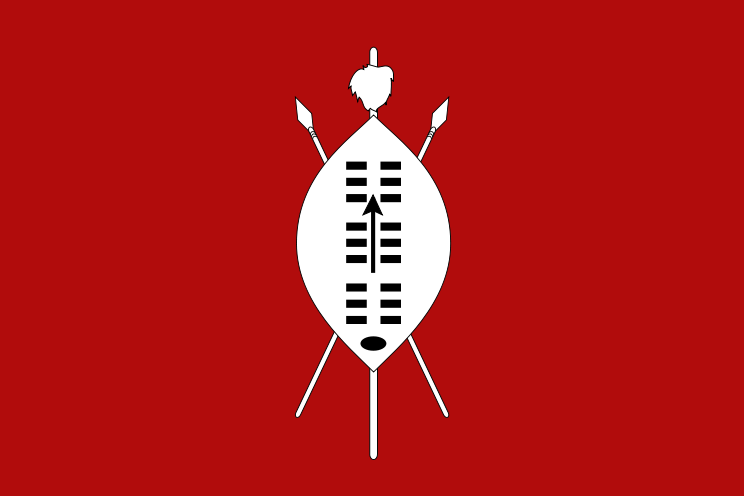
Flags flutter atop citadels, embassies, and stadiums. They’re more than colorful fabric; they’re emblems of identity. The Japanese rising sun, a crimson disk against white, evokes a land of cherry blossoms and samurai honor. The Irish harp, with its lyrical curves, sings of ancient Celtic lore. And the Zulu shield, adorned with geometric patterns, tells tales of warriors and resilience. When we see these symbols, we glimpse the struggles and triumphs that shaped cultures. They’re passports to the soul of a nation.
Festival Symbols and Their Meanings: Bridges to the Sacred

During Diwali, the Festival of Lights, homes across India glow with painted diyas. These clay lamps aren’t mere decorations; they’re bridges to the sacred. They invite the goddess Lakshmi, bearer of abundance, into our lives. Nowruz, the Persian New Year, celebrates renewal. Families gather around the Haft-Seen, a table adorned with symbolic items: apples for beauty, hyacinths for rebirth, and mirrors reflecting our souls. And then there’s Día de los Muertos—the Day of the Dead—where sugar skulls honor departed loved ones. These aren’t morbid effigies; they’re vibrant celebrations of life’s impermanence. Symbols, like whispered prayers, connect us to something larger than ourselves.
The Cross: From Persecution to Redemption


The Ichthys and the Chi-Rho
The Christian Cross—a potent symbol of faith—bears scars of persecution. It began as the Ichthys, a fish clandestinely drawn by early Christians during Roman oppression. But when Constantine embraced Christianity, the cross transformed. It stood tall on battlefields, a beacon of hope. The Chi-Rho monogram, combining the first two Greek letters of “Christ,” adorned shields. Today, the cross graces churches, necklaces, and tattoos—a testament to resilience and redemption. It reminds us that even in suffering, there’s a hidden grace.
Blooms and Beyond: Nature’s Hidden Language
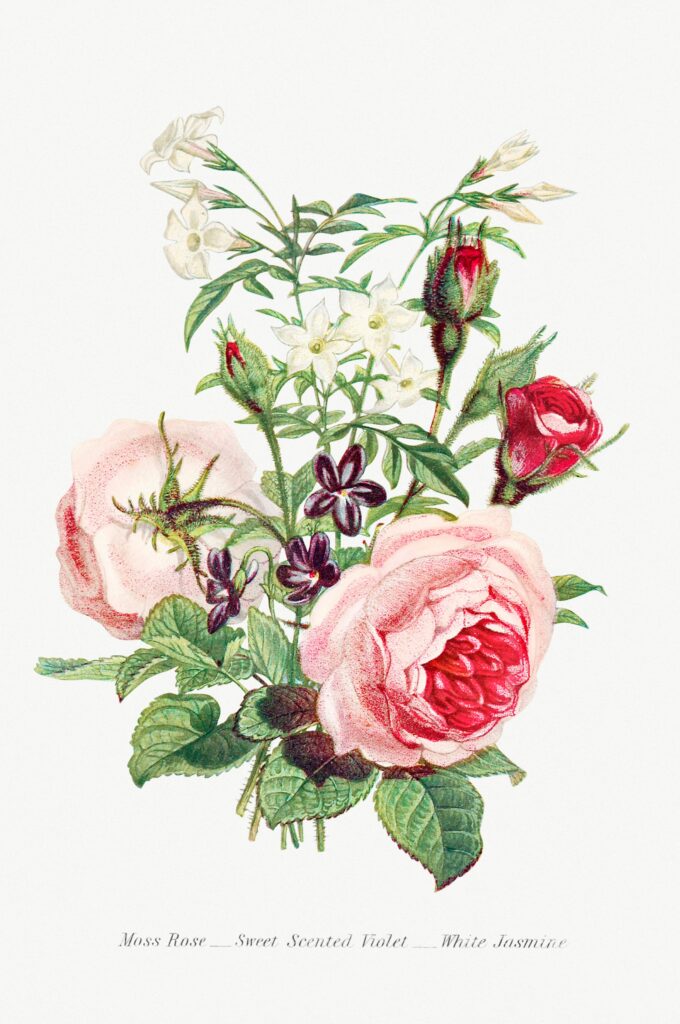
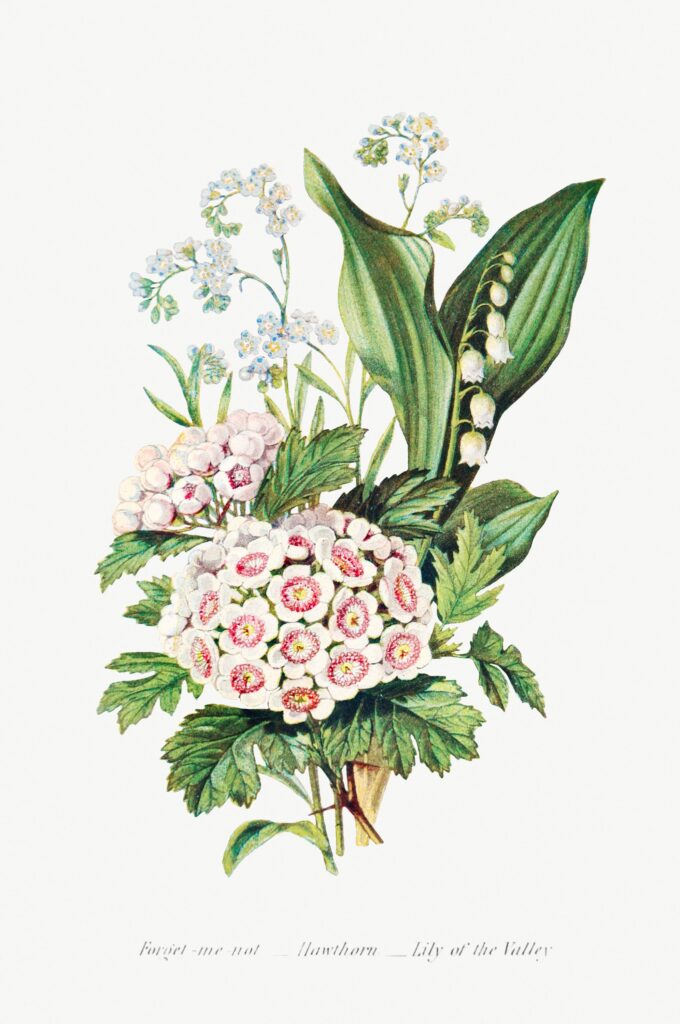

Victorian Language of Flowers
In the sun-dappled parlors of Victorian England, flowers became more than mere adornments. They were messengers, carrying sentiments that words dared not utter. Each bloom had its own lexicon—a secret language woven into their petals. Let us step into this fragrant garden and decode the whispers of blossoms:
Red Roses: Love’s Intoxication
The red rose, with its velvety crimson, was the prima donna of floral communication. It didn’t merely say “love”; it sang of passion, desire, and longing. When a suitor handed a bouquet of red roses to his beloved, he confessed, “My heart is aflame.” And when a clandestine note arrived, tucked among thorny stems, it bore the promise of stolen kisses.
Violets: Loyalty and Whispers in the Shadows
The demure violet hid in shaded corners, its purple hues like a secret bruise. It murmured of loyalty, of steadfastness. When a lady wore a violet corsage, she pledged fidelity. But violets also whispered of forbidden love—the kind that bloomed in moonlit gardens, away from prying eyes. Their fragrance carried clandestine rendezvous and the thrill of stolen glances.
Forget-Me-Nots: Remembrance Across Time
The forget-me-not, delicate as a teardrop, bore a poignant plea. Its azure petals begged, “Remember me.” Lovers exchanged these tiny blooms, hoping their devotion would outlast memory’s cruel eraser. When a sailor sailed away, his sweetheart pressed a forget-me-not into his palm, a talisman against forgetting. And when he returned, battle-worn and salt-scarred, he sought her out, clutching the same flower—a fragile promise kept.
Surrealists and Their Enigma: Dreams on Canvas
In the smoky cafés of 20th-century Paris, surrealists gathered. Their brushes dipped into dreams, their canvases portals to the irrational. Salvador Dalí, with his waxed mustache and wild eyes, painted melting clocks. Time, he declared, was a mirage—a fluid distortion. His Persistence of Memory became an emblem of our own elusive hours. And then there was René Magritte, the bowler-hatted magician. His Ceci n’est pas une pipe (“This is not a pipe”) challenged reality. Was it a pipe or a representation of one? The answer lay in the liminal space between perception and truth. Surrealists beckoned us to question the mundane, to peer through the keyhole of the absurd.
Personal Symbols and Their Meanings
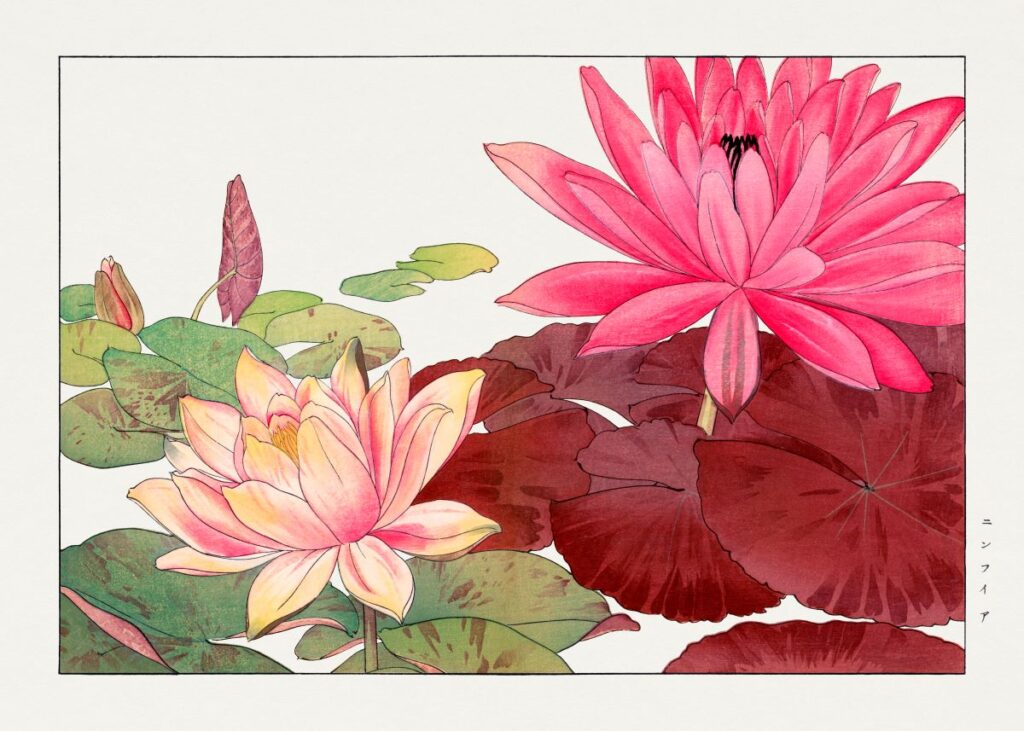
The Labyrinth of Self
The labyrinth invites us to wander, lose ourselves, and find hidden truths. As you trace its winding path, consider: What lies at your center? What monsters guard your treasure? Symbols aren’t just ink on paper; they’re signposts in the wilderness of self. Perhaps your labyrinth bears the triskele, spiraling like a Celtic whirlpool. It whispers of cycles, of birth, death, and rebirth. Or maybe your inner maze echoes with the lotus, rising from murky waters toward enlightenment. Each petal unfurls, merging pain and beauty—the alchemy of growth.
Tattoos: Spells on Skin
A needle etches a lotus onto your skin. Its petals unfurl, merging pain and beauty. Tattoos aren’t mere decoration; they’re spells. The tree of life whispers growth, resilience, and seasons turning. Each inked line tells a chapter of your story. When you bear these symbols, you carry talismans against forgetting. They’re maps to your soul’s hidden chambers.
Cultural Kaleidoscope: Weaving Ourselves
Hybrid Identities
Symbols blend like watercolors. The yin-yang merges opposites, reminding us of balance. In multicultural homes, children learn to dance to both sitar and violin, celebrating diversity. Our identities aren’t static; they’re verbs. We weave them into our lives, stitch by stitch. When you wear the triquetra, you’re braiding together Celtic wisdom, Christian trinity, and the cycles of nature. Light your diya, and its flame dances with ancestral memories—the warmth of kitchens, the scent of incense. And when you gaze at the moon phases, you’re not merely observing celestial mechanics; you’re tracing your own waxing and waning—a cosmic mirror.
The Alchemy of Symbols and Their Meanings
As we unravel the magic of symbols, we discover that they’re more than ink on paper or brushstrokes on canvas. They’re conduits to the numinous, bridges between cultures, and mirrors reflecting our inner cosmos. So, let us wear our symbols proudly, whisper their stories, and dance with the universe. For in these ancient marks, we find our own hidden glyphs—the language of our souls.
Curious to learn more about the fascinating world of symbols? Take a look at these articles to discover more great info.
Popular Family Symbols and Their Meanings
The Power of Family Protection Symbols
Incorporating Flowers That Represent Family Into Your Traditions


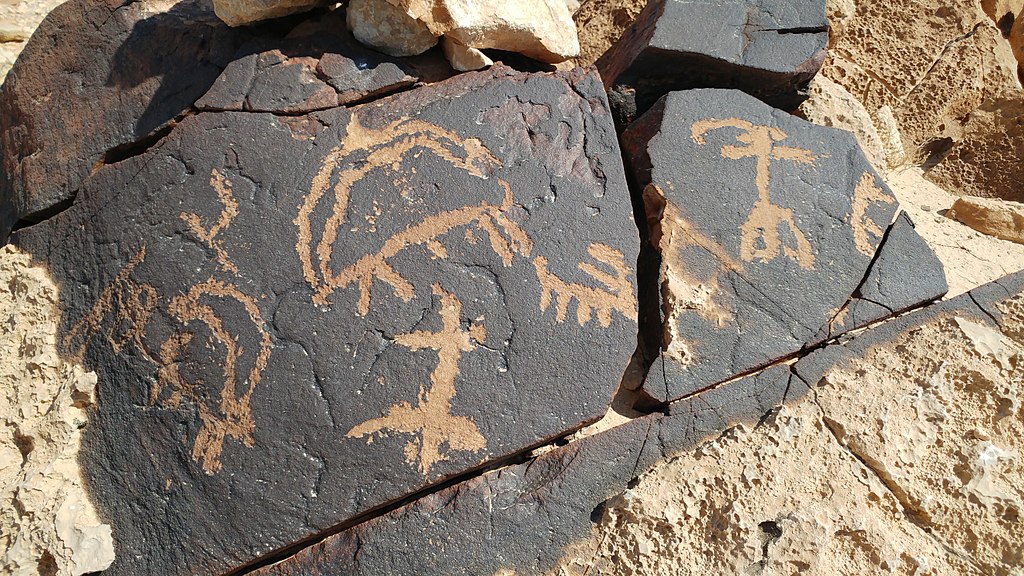
1 Comment
Usually I do not read article on blogs however I would like to say that this writeup very compelled me to take a look at and do it Your writing style has been amazed me Thank you very nice article